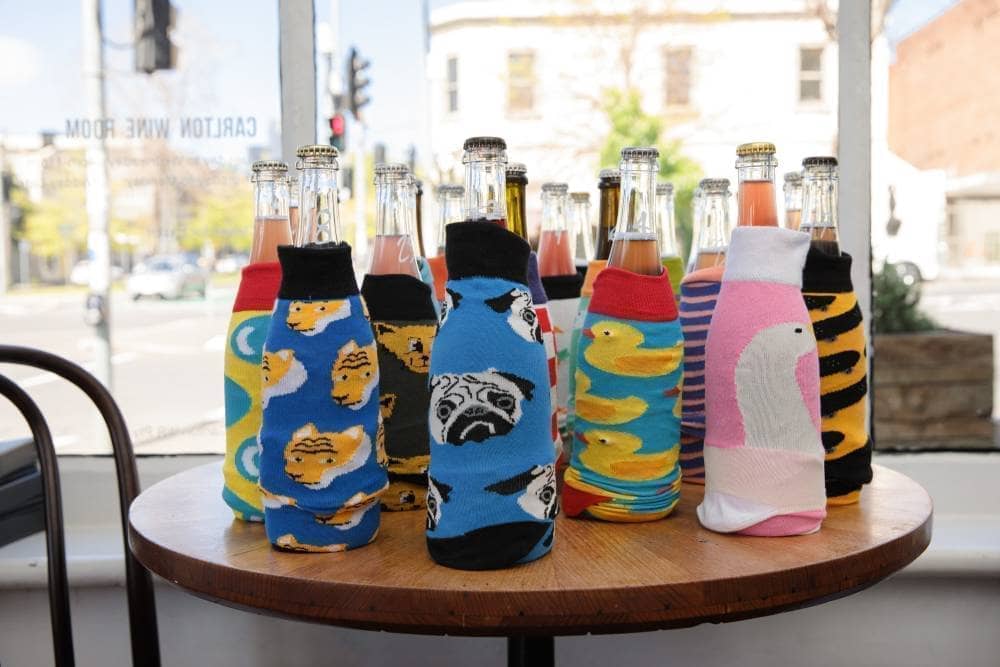Fiano is an ancient southern Italian grape – with its documented history stretching back to the Roman Empire – that produces wines from the thrillingly taut and mineral to the boldly flavoured and textured. It’s seen major growth in this country, with regions as disparate as the Adelaide Hills and the Riverland showing equal promise.
Also known as
There are no synonyms for fiano that are likely to trouble a wine drinker, with even Italian offerings typically varietally labelled. The ancient Roman name for the wine made from fiano is Apianum (a reference to bees, as they are drawn to the intensely sweet flesh), which still sometimes appears on DOCG labels, but it is always also accompanied by the varietal name.
What fiano tastes like
The flavour spectrum of fiano is a broad one, with the adaptability of the grape to different conditions meaning that expressions vary considerably. From its classic Territory in Avellino, Italy, the wines can be vibrant and racy, marked by the volcanic tufa in which they are grown, along with cool citrus and pear aromas. Those flavours can develop into riper pear notes, with honey, nuts and orange-skinned citrus developing. In quite warm conditions, stone fruit and some tropical aromas will develop, with the ripest examples becoming relatively exotic and richly textured, though typically still with vibrant supporting acidity.
Vineyard & winemaking
Fiano is traditionally grown on volcanic soils and often at elevation, producing fine, elegant and mineral wines but still with fruit weight and intensity. Given warmer conditions, the grape can producer ample sugar and become richly flavoured, but the preservation of acidity is a feature, so freshness can be retained in warmer climates. This capacity to keep acidity makes it a strong candidate for planting in some of Australia’s warmer regions, while its naturally low yields – something that saw its commercial value wane in Italy in the 20th century ¬– and concentration make it an exciting prospect for quality-minded producers. Fiano is also quite a thick-skinned grape with loose bunches, making it generally easy manage in respect to disease. While the wines from fiano can both be fine and mineral and rich and textural, depending on where they’re grown, winemaking is generally tilted towards purity, with new oak a typically jarring inclusion, while judicious skin contact can add to the structure and texture.
Where is fiano grown?
An ancient grape, with its history stretching back to the days of the Roman Empire, Fiano is thought to be responsible for the wine known as Apianum, a Roman favourite. Prior to that, the grape – like many of Italy’s – likely originated in Greece. Today, it is Campania that claims the grape as its own, accounting for around 900 hectares, or about 65 per cent of the total Italian plantings. The bulk of the remaining vineyards are more or less evenly split between Sicily and Puglia. The most famous place for fiano is in Irpinia around the town of Avellino, with Fiano di Avellino the DOCG, which accounts for almost half of the Campanian plantings. The broader Irpinia DOC accounts for many more, with it a mandatory component of the Bianco DOC and also bottled varietally. And though many of the vineyards of Avellino and Irpinia are quite elevated and cool, the grape is also quite successful in lower and warmer sites, both in Campania, such as on the coast in Cilento, but perhaps more extremely in much hotter sites in Sicily and Puglia, where it retains its acidity well in the heat, while offering riper and fuller flavours.
Fiano around the world
Fiano is not widely or notably planted around the world, with Australia reasonably claiming the position as the second home for the grape. That being said, there are vineyards in California and Argentina, though it’s early days for both.
Fiano in Australia
The first vine cuttings of Fiano were imported to Australia in 1978 by the CSIRO, but it wasn’t until Coriole’s Mark Lloyd and the Chalmers family got hold of some material that the grape was planted in any meaningful way. Both Coriole and Chalmers made a varietal wine in 2005, the first commercial releases for the grape in this country. Fiano’s adaptability to warm climates has made it quite attractive to many growers, with few white grapes being able to handle the extremes of some of our warmer zones. Consequently, fiano has been planted in places such as the Riverland and Murray Darling as well as – and some would say most successfully – in McLaren Vale, along with the Hunter Valley, Barossa and many other warmer zones. But while it handles those conditions extremely well, it can also excel in cooler sites, with the Adelaide Hills also becoming a prime region for the grape.
Photo of fiano grapes seen here, courtesy of Chalmers vineyard.
Some of the best Australian fiano
Amato Vino
Ballandean Estate Wines
Bondar
Chalmers
Cherubino
Coriole
Grosset
Jericho
Journey Wines
La Prova
Lino Ramble
Lo Stesso
Main & Cherry
Musk Lane
Oliver’s Taranga
Susuro
Unico Zelo
Vino Volta


